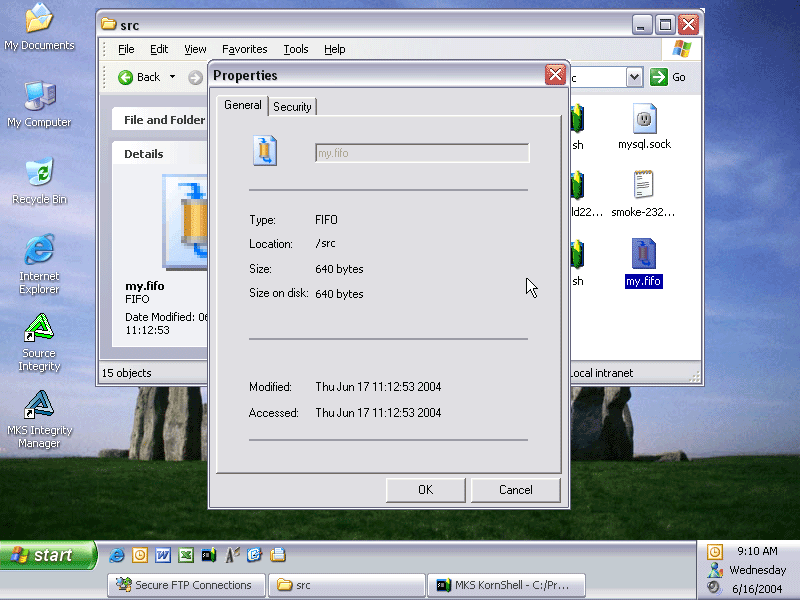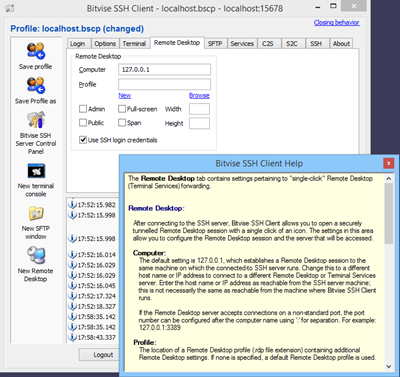
- Ssh secure shell for workstations windows client password#
- Ssh secure shell for workstations windows client license#
Let’s see how this feature is applied to the authentication process: These two keys have an important feature: Text encrypted with a public key can only be decrypted using a private key, while text encrypted with a private key can only be decrypted using a public key. A private key that we have only For additional security, this key is encrypted with a password.

A public key that is copied to all servers we want to connect to.Ģ. The second authentication alternative uses a public/private key scheme, also known as an asymmetric key. This means that it is extremely important for the administrator to properly protect the /etc/passwd file and for users to use “secure” passwords (combining as many random, upper case, lower case, numbers, and punctuation as possible). On the other hand, we will continue to be vulnerable to “dictionary attacks” against the password: if an attacker has access to the /etc/passwd file, it is not difficult to find passwords of words that may appear in the dictionary.
Ssh secure shell for workstations windows client password#
If we use SSH to change telnet, rlogin, or FTP, we will prevent our password from being caught by potential “sniffers” on the network. The only (and important) difference is that the password never roams clearly over the network. SSH allows the user to authenticate using the normal Unix password. In early 1999, it started to write a version of OpenBSD that would become an excellent application called OpenSSH. It was proposed as a draft in IETF in 1997 (two years after the first version was created).
Ssh secure shell for workstations windows client license#
The first version of the protocol and program was free and was created by Finn named Tatu Ylönen, but its license was changed and the SSH Communications Security company appeared, which offered free for local and academic use, but demanded payment to others. HistoryĪt first there were r commands based only on the rlogin program, which worked similarly to telnet. The main difference is that SSH uses encryption techniques that make the information circulating in the media unreadable and no third party can find the username and password of the link or what was written throughout the session With REPLAY attacks, it is possible to attack such systems and thus change the information between the targets. In addition to connecting to other devices, SSH allows us to securely copy data (simulate both single files and encrypted FTP sessions), manage RSA keys, and pass through another application data channel to avoid typing keys when connecting to devices.

It allows us to fully manage the computer through a command interpreter and also can redirect X traffic to execute graphics programs if we have a working X Server (on Unix and Windows systems). It is the name of the program that implements it and is used to access remote machines over the network. This protocol was created as a secure backup for unencrypted Telnet and uses encryption techniques to ensure that all communications to the remote server are encrypted. SSH or Secure Shell is a remote management protocol that allows users to control and modify their remote servers over the Internet.


 0 kommentar(er)
0 kommentar(er)
